Member Spotlight: Health and Wellness Coach and WRAP Facilitator in Homestead, FL
 Name: Linda Fredrick
Name: Linda Fredrick
Location: Homestead, Florida
Website: auspiciousfish.com
Occupation: Health and Wellness Coach/WRAP (Wellness & Recovery Planning) Facilitator
How do you or your business help those with chronic disease/medical conditions or who need pre & postnatal care?
I started my company, Auspicious Fish®, specifically to help folks navigate life shifting changes — whether they sought those changes, or had them thrust upon them with changes in their health. My coaching services help clients understand themselves, what engages them, what motivates them and how to overcome the inevitable stumbling blocks they will encounter as they work toward achieving their vision of wellness. My WRAP (Wellness & Recovery Planning) services do that as well as provide a detailed framework for clients to build a highly individualized Wellness and Recovery Plan. This is particularly helpful for anyone learning to live well with a chronic condition.
What makes you different from all the other fitness professionals out there?
I am committed to using only client centered, evidence-based programs which meet gold standard criteria. I am proud to be among the first in the US to receive certification from the National Board of Health and Wellness
Coaching and I am currently the southernmost WRAP Facilitator in the US. I have a unique skill set with a diverse background and I’ve worked with diverse populations, at the end of the day, all folks have one thing in common, they want to be listened to. They want the information and power of being a partner in their care. Auspicious Fish gives clients that rather than squeezing them into a one size fits all program.
What is your favorite activity or class to participate in?
I love being outside, but it’s pretty obvious the beach is my go-to for self restoration. As for classes, ZUMBA! I love the energy of it. I find myself smiling when we all get into the zone and the moves are in sync, and then we all laugh as the timing goes awry and that’s okay!
What is one piece of advice that you would give other fitness professionals about working with special populations or those who need pre-& postnatal care?
There is always HOPE. Everyday we see the amazing ability of the body to heal and the mind to find a way. If approached with an experimental mindset, we can encourage clients to try on new ideas and tools and discard those that don’t work — not as failures, but as a part of a natural exploration process. This can keep the ‘deflated
motivation disorder’ at bay. What type of community activities are you involved in? I am a strong believer in volunteering so both as an individual and professional. As an individual, I am committed to supporting youth develop in my community through Scouting and I serve in several capacities. As a professional, I do the usual
health fairs and community wellness seminars but I also look for unique opportunities to promote the idea that wellness is fun not just work. This past year, I volunteered at a roller derby exhibition and sponsored a Tea Duel. (yes, psychological warfare with tea cups and biscuits — it’s hilarious!)
What is one of your favorite memories involving working with someone who has a health challenge or disability?
Hmm, hard choice! All of my favorites come down to those moments when the client has achieved their goal, when they didn’t know if they could, and often no one else believed they would. One of my favorite memories involves a client recovering from a back injury, who had the added challenge of being diagnosed with Bipolar Disorder as a young adult. Despite the fact that she was now a mother of grown children, for most of her life she was relegated to a back seat position in her healthcare and indeed much of her life. After a few months, the lightbulb turned on for her, and she said, “I never knew I could have a choice. I feel like I can take control and say what I need to say.” She decided to go on to explore a job training program that would allow her to work with her limited mobility.
What would you like to see change, develop, or emerge in the future of healthcare and the fitness industry?
While I greatly value our medical community, more of them need to embrace the benefit of becoming full partners with the fitness industry and client centered, self directed care practices into the mix. It’s a hard shift to attain for medical personnel who, historically, had to have all the answers. Now we know wellness lifestyles are the best form of preventative care, and our fitness professionals deserve parity in the new partnership paradigms. But we mustn’t leave out the client as the driving force of these partnerships or we eventually alienate the client.
And what are you doing to make this happen?
I intentionally search for like minded professionals in the health and wellness field who share the belief and create partnerships with them, both in my physical and virtual communities. Also, while It’s a challenge to stay on top of technology I make an effort to do so. of course the tool is only useful when it’s used. Many clients have a love/hate relationship with their fitness wearable and maybe their home systems but I see great strides in the future for applications that will merge the tech of these devices and give individuals and their providers more meaningful information.
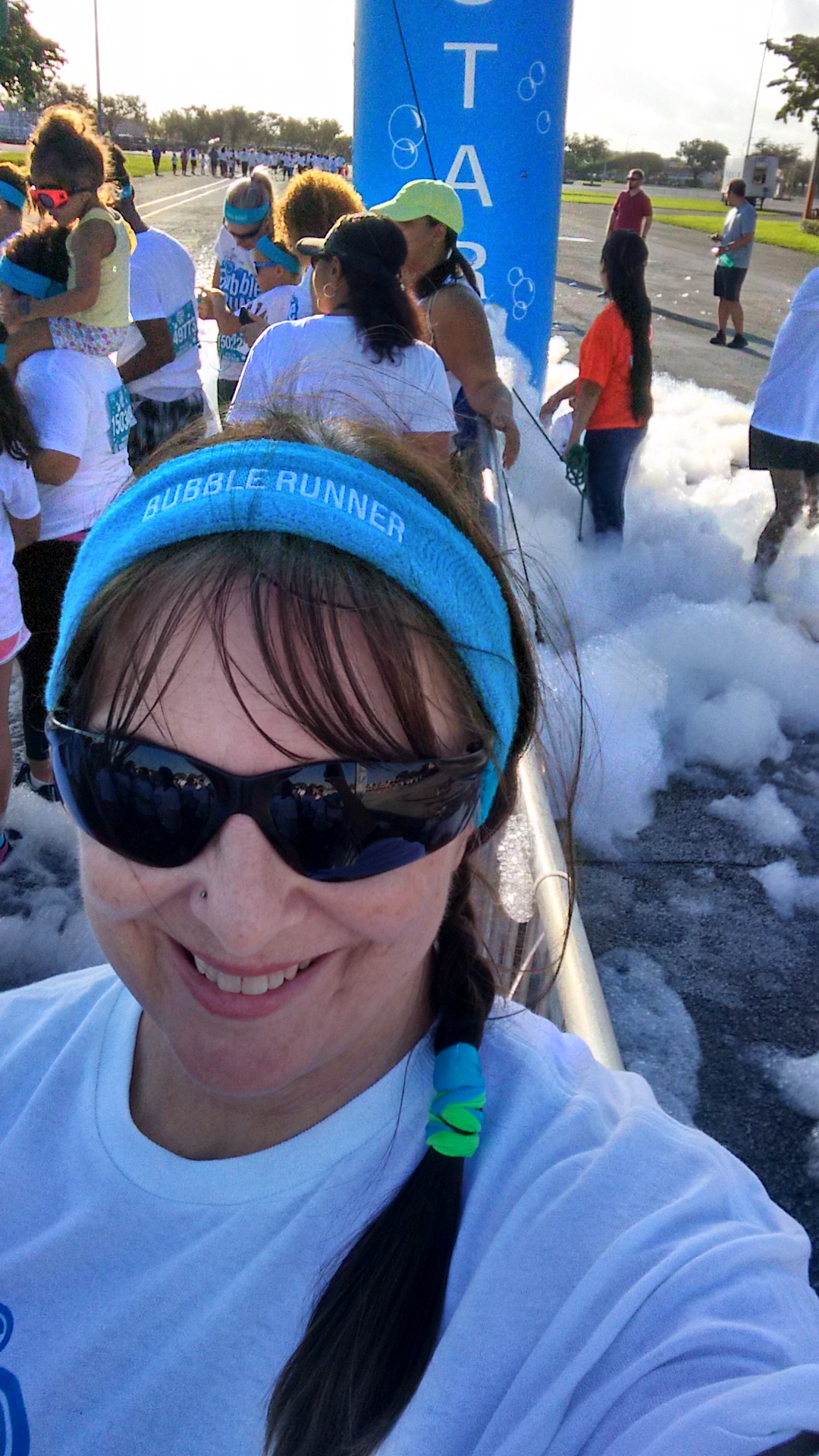 What is your favorite fitness/inspirational/motivational quote?
What is your favorite fitness/inspirational/motivational quote?
Einstein said, “Learn from yesterday, live for today, hope for tomorrow. The important thing is not to stop questioning.” I think that sums it up nicely.
Anything else we should know about you?
I was born with a pretty severe clubbed foot. Luckily my father was military and I was ‘re-engineered’. I would never have won any awards for sports as a kid because I had to struggle so HARD to overcome the limitations! In fact, I was often shut out in phys ed classes and recess because of it. Even yoga is still challenges me though I began practicing as a teen and have continued throughout my life. The fact remains my tendon and bone structure is different on that foot. It wasn’t until my mid 40s really that I began to challenge the idea that progress wasn’t possible and began to move away from my work in traditional casework in mental health and search for better ways to wellness. I won’t win medals but now in my mid 50’s I’m more fit than ever. I do fun runs (such as the bubble run picture at right), and do what excites me, like training to hike a portion of the Appalachian Trail in late October.

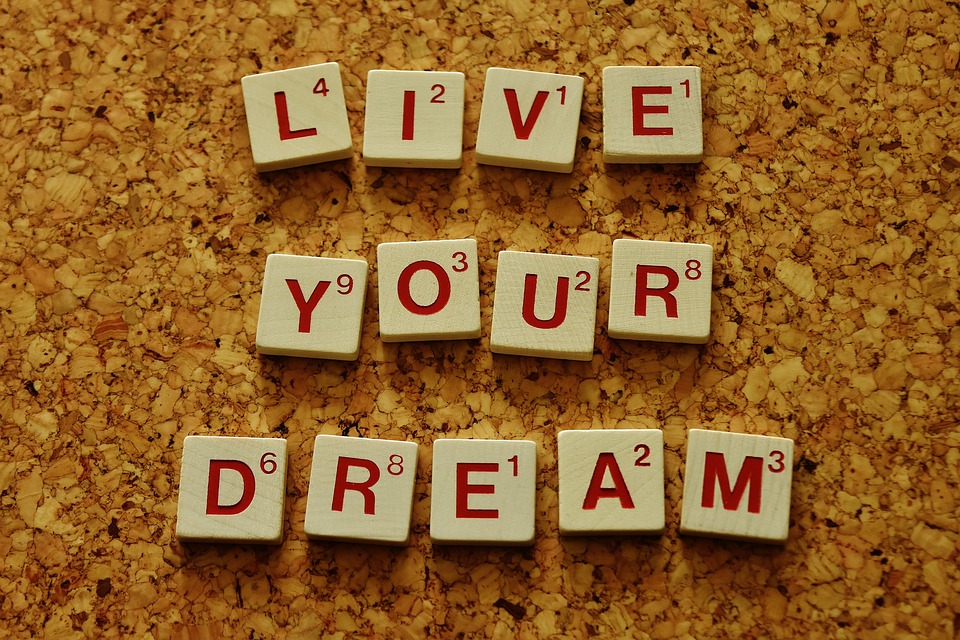


 When you are organizing an event, say, the Tacoma South Sound Alzheimer’s Walk, there can be an illusion that all moving parts are in your control, leaving you thinking: this event will be successful/fantastic/memorable (insert your favorite adjective here) so long as I check off all items on my to-do list.
When you are organizing an event, say, the Tacoma South Sound Alzheimer’s Walk, there can be an illusion that all moving parts are in your control, leaving you thinking: this event will be successful/fantastic/memorable (insert your favorite adjective here) so long as I check off all items on my to-do list.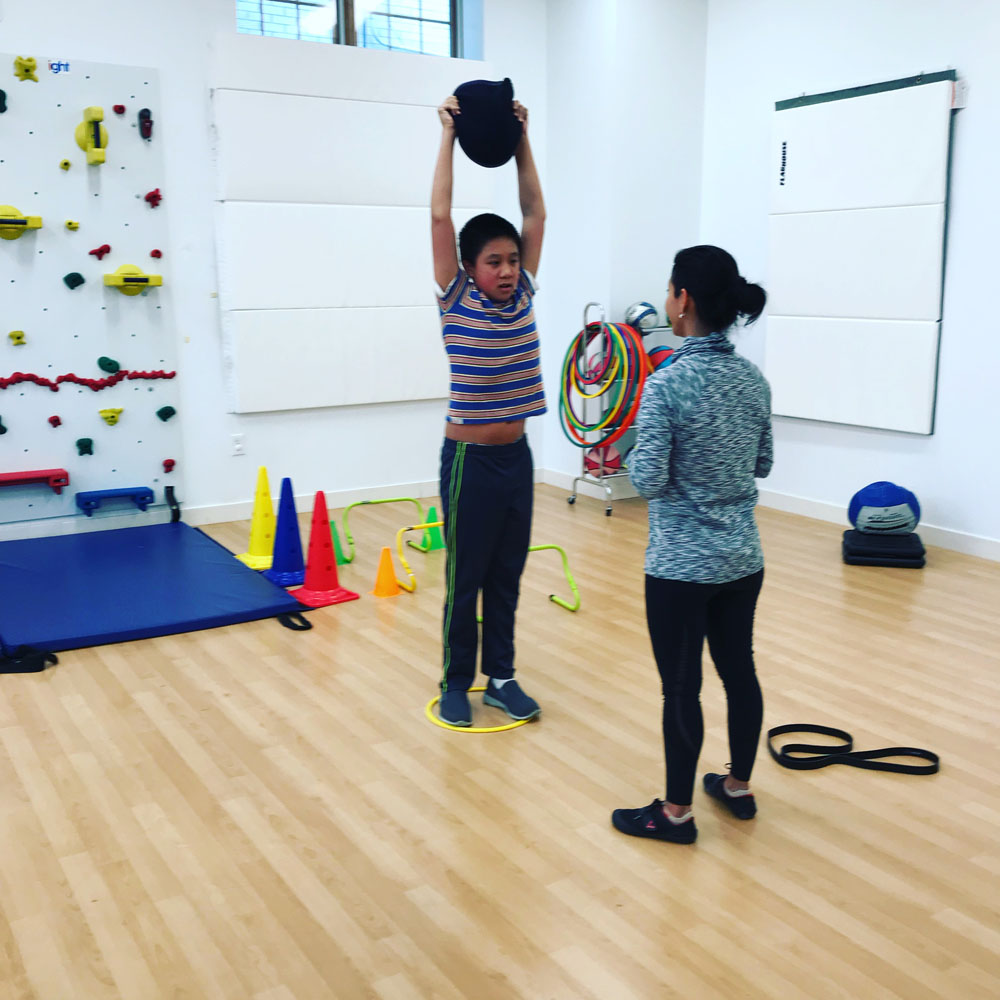
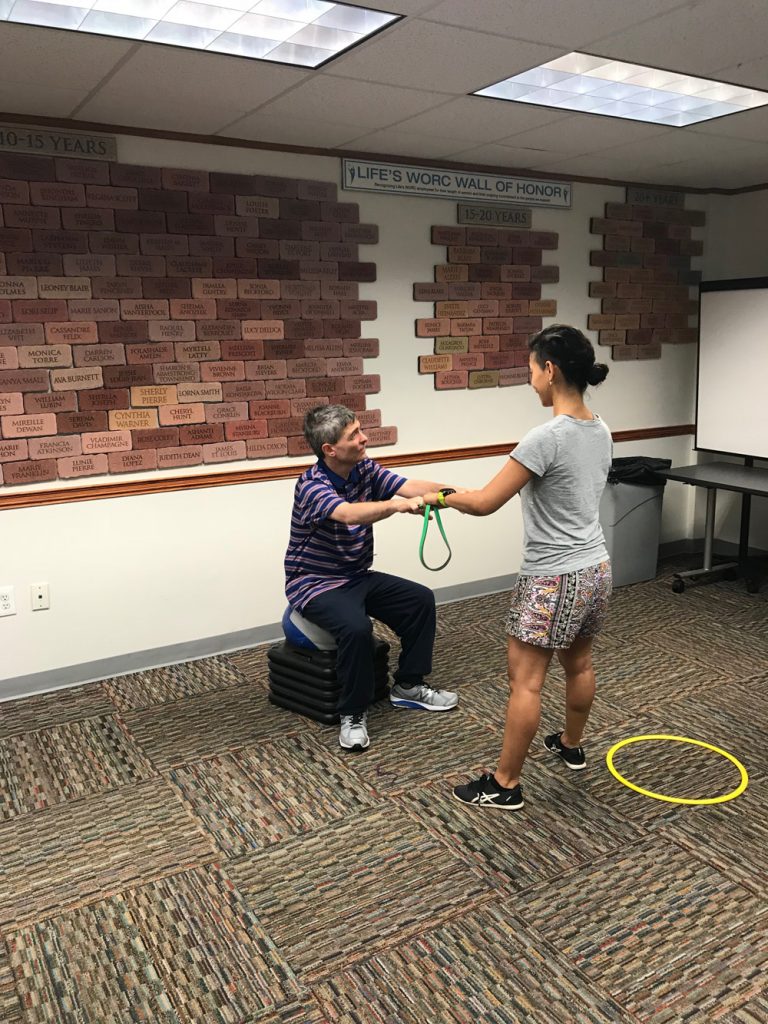 “Awesome. Yes, you can definitely do farmers carries right after this set of squats, okay?”
“Awesome. Yes, you can definitely do farmers carries right after this set of squats, okay?”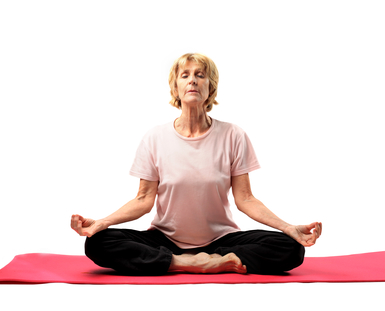
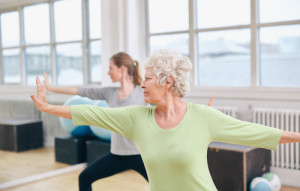 Just as yoga can improve overall physical fitness for healthy individuals, it can improve fitness for people with arthritis. But with this population, the stakes are even higher. Yoga can improve balance, which prevents dangerous falls. Yoga practice can enhance flexibility, which allows individuals to maintain mobility over time. Improved strength means greater joint stability. Improved strength means a reduction in the muscle loss that accompanies some forms of arthritis. Improved strength means an increased ability to participate in everyday activities that can be challenging as joints deteriorate.
Just as yoga can improve overall physical fitness for healthy individuals, it can improve fitness for people with arthritis. But with this population, the stakes are even higher. Yoga can improve balance, which prevents dangerous falls. Yoga practice can enhance flexibility, which allows individuals to maintain mobility over time. Improved strength means greater joint stability. Improved strength means a reduction in the muscle loss that accompanies some forms of arthritis. Improved strength means an increased ability to participate in everyday activities that can be challenging as joints deteriorate.
 If you are like most of my clients, you are confused about the role of sugar in your daily sports diet. The anti-sugar media reports sugar is health-erosive, yet sports nutrition researchers claim sugar is performance enhancing. That might leave you wondering: Should I eat sugar or avoid it?
If you are like most of my clients, you are confused about the role of sugar in your daily sports diet. The anti-sugar media reports sugar is health-erosive, yet sports nutrition researchers claim sugar is performance enhancing. That might leave you wondering: Should I eat sugar or avoid it? Concluding comments(3)
Concluding comments(3)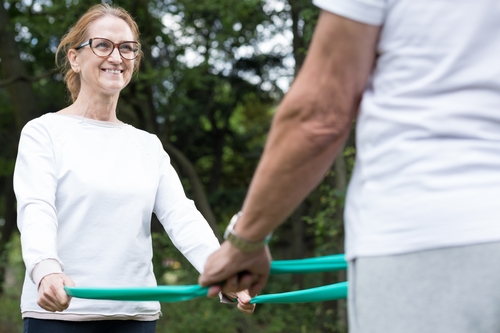
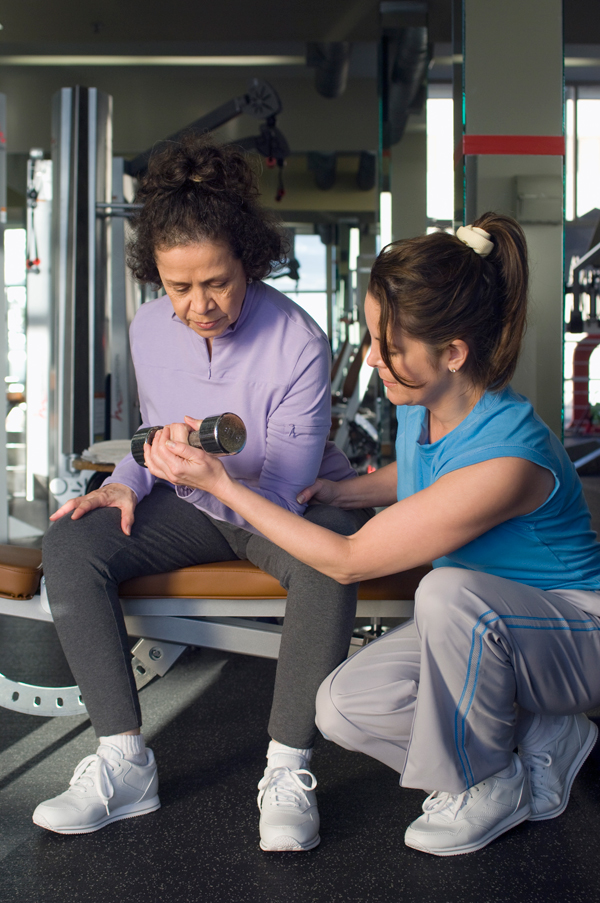 Scheduling time to work on building muscular strength and endurance is critical to a healthy and fit body. Your commitment to creating and maintaining your existing lean mass is VITAL so start with 2-3 days and build your program to suit your needs. Consider all your options (machines, free weights, body weight exercises etc.). Seek guidance from a fitness professional to assist you in planning your training especially if you lack proper training and experience – better “safe than sorry”!
Scheduling time to work on building muscular strength and endurance is critical to a healthy and fit body. Your commitment to creating and maintaining your existing lean mass is VITAL so start with 2-3 days and build your program to suit your needs. Consider all your options (machines, free weights, body weight exercises etc.). Seek guidance from a fitness professional to assist you in planning your training especially if you lack proper training and experience – better “safe than sorry”!